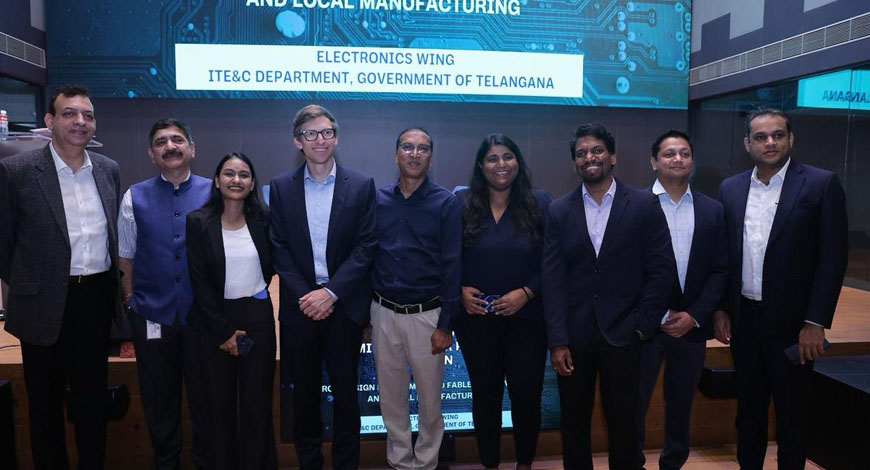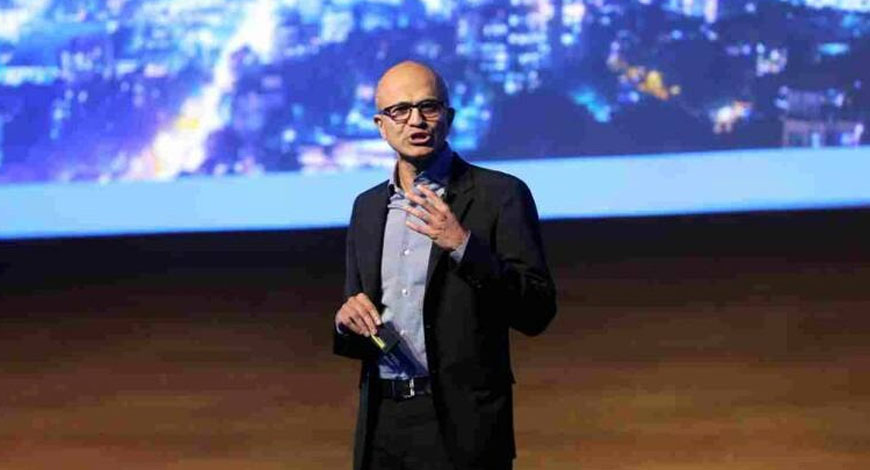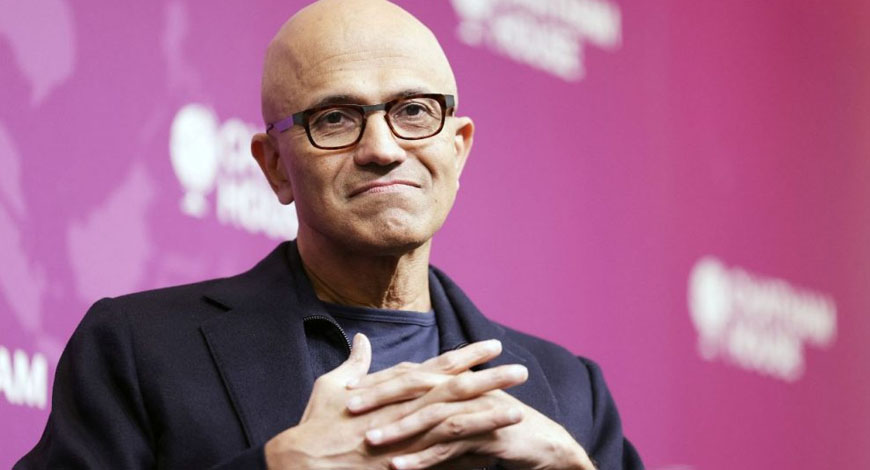The global digital twin market size is estimated to grow by USD 163.42 billion from 2025 to 2029, according to Technavio.
Fastest growing segment:
The on-premises segment dominates the global digital twin market due to the heightened security concerns of large enterprises in industries such as aerospace, automobile, and manufacturing. On-premises digital twin solutions offer businesses complete control over data security, enabling them to set user access policies, install security software, and manage patches. This level of control aligns with their business objectives and ensures the protection of valuable intellectual property. Major companies like General Electric Co., NASA, and Schneider have adopted on-premises digital twin solutions, with GE deploying over one million digital twins on its premises. The benefits of on-premises solutions include data control, reduced vendor dependency, foundation for future hybrid cloud expansion, and easier customization. The growth of the on-premises segment is driven by the increasing adoption by large enterprises and the need for predictive modeling, greater transparency, and data-driven decision-making across various industries. Contactless delivery of products and services is also expected to boost the market, as digital twin solutions help businesses understand the impacts of disrupted supply chains and make informed decisions regarding capacity and inventory.
Analyst Review
The Digital Twin Market is experiencing exponential growth, driven by the integration of Advanced Digital Technologies such as IoT, AI, and ML in various industries. Digital Twins are virtual replicas of physical assets, processes, or systems that use real-time data to provide accurate and actionable insights. The healthcare sector is leveraging Digital Twins for personalized patient care, while transportation and energy industries are optimizing their operations with Digital Twins. Big Data Analytics plays a crucial role in extracting valuable insights from the vast amount of data generated by Digital Twins. Virtual prototyping and 3D modeling enable real-time testing and simulation, reducing development time and costs. Digital Transformation is accelerating the adoption of Digital Twins, with cloud-based solutions and RPA streamlining processes. However, the increasing use of Digital Twins also poses cyber threats, necessitating security measures. The Digital Twin Market spans various sectors, including aerospace, telecommunications, manufacturing ecosystems, smart cities, and supply chain optimization.
Market Overview
Digital Twin technology is a revolutionary concept that leverages advanced digital technologies such as IoT, AI, and ML to create virtual replicas of physical assets or systems. These virtual models provide real-time data and analytics, enabling better decision-making and optimization across various industries. Digital Twins are not limited to products but can also represent processes, systems, and even entire cities. The technology finds applications in sectors like healthcare, transportation, energy, infrastructure, and more. Virtual prototyping, personalized medicine, traffic management, and energy consumption optimization are some of the key areas where Digital Twin Technology is making a significant impact. The technology is also being used in industries like aerospace, automotive, and telecommunications for product lifecycle management, supply chain optimization, and digital transformation. With the advent of cloud-based solutions, Digital Twins are becoming more accessible and affordable, leading to their increasing adoption across various sectors. However, the implementation of Digital Twins comes with challenges such as data collection, cyber threats, and real-time model accuracy. AI advancements and semiconductor innovations are expected to address these challenges and drive the growth of the Digital Twin market. Extended reality technologies like VR, AR, and XR are also being integrated with Digital Twins to provide experiences and enhance their utility.tal twin market size is estimated to grow by USD 163.42 billion from 2025 to 2029. Technavio









